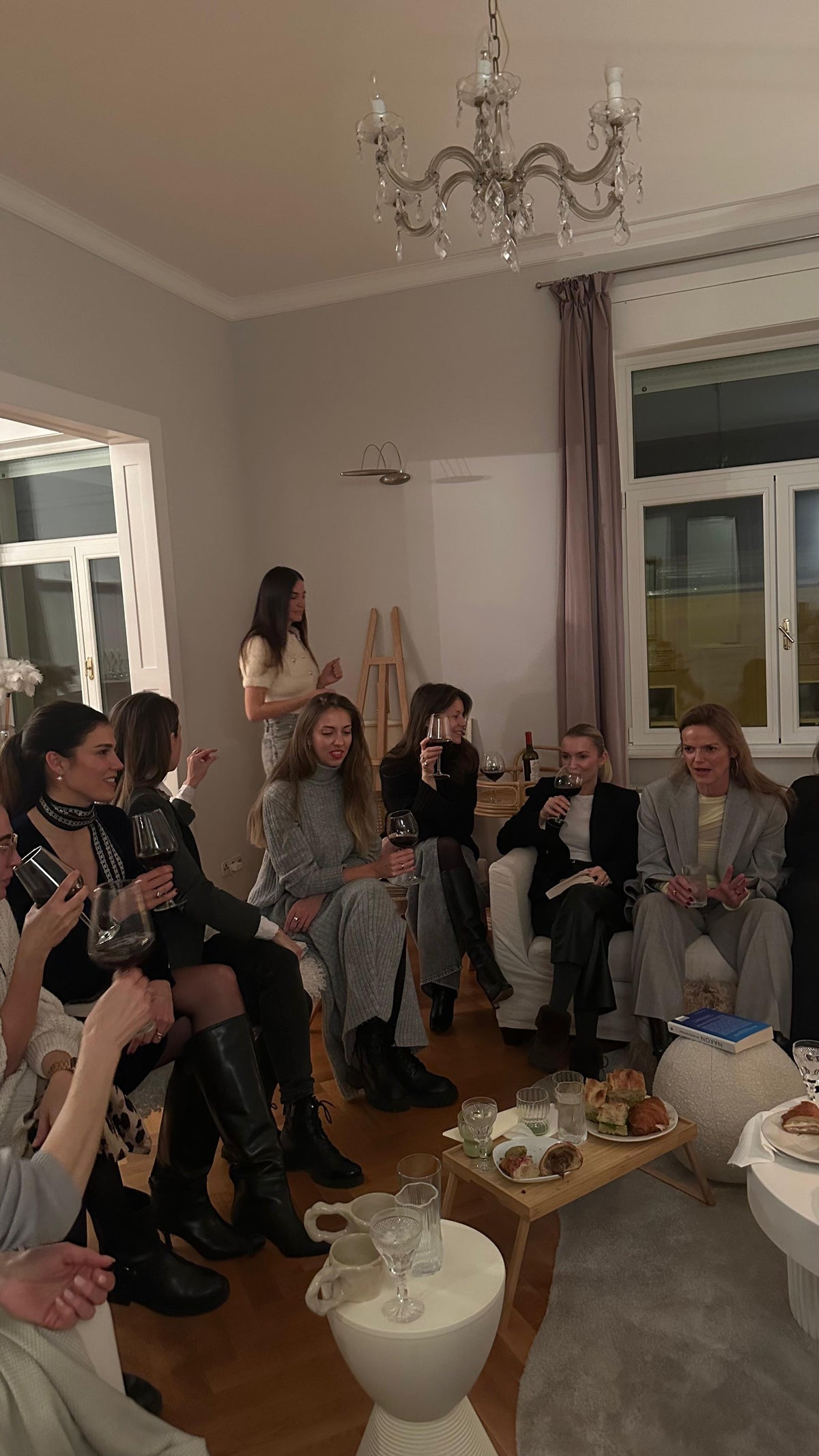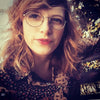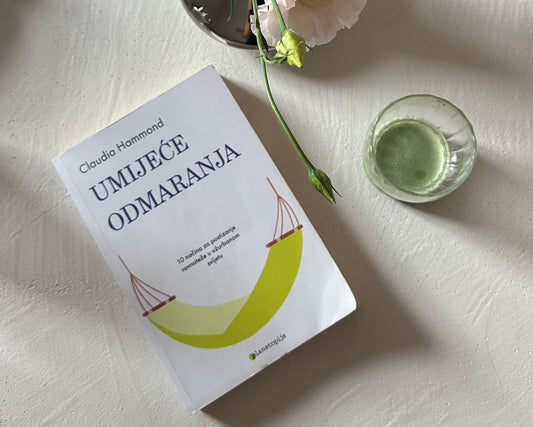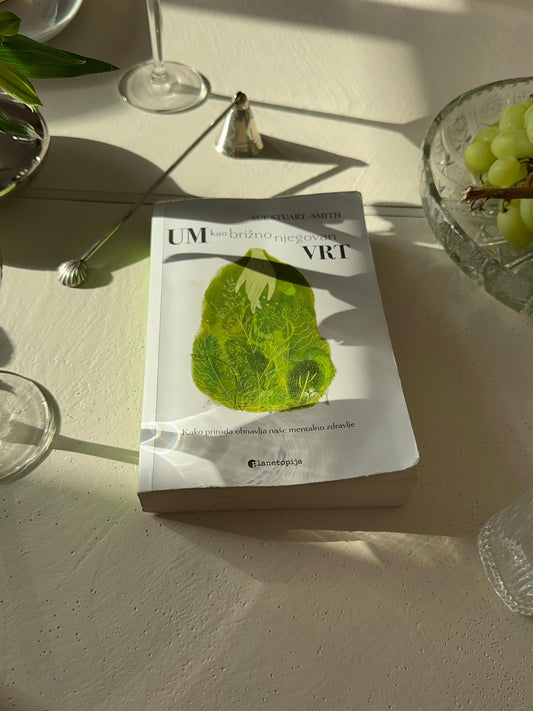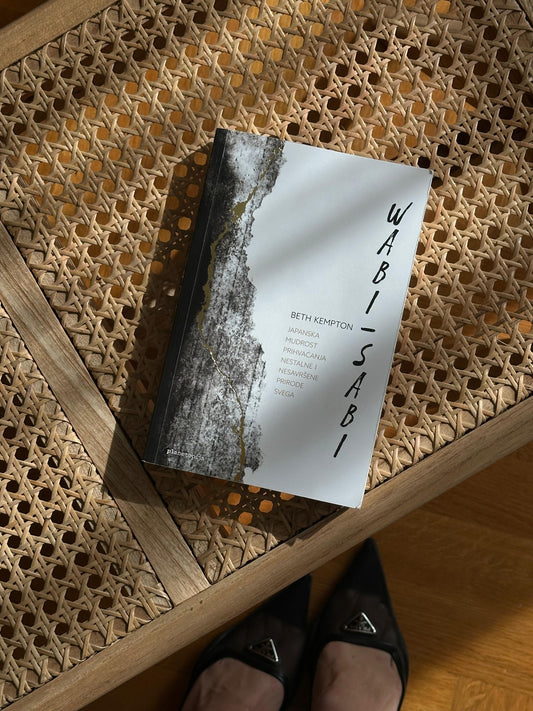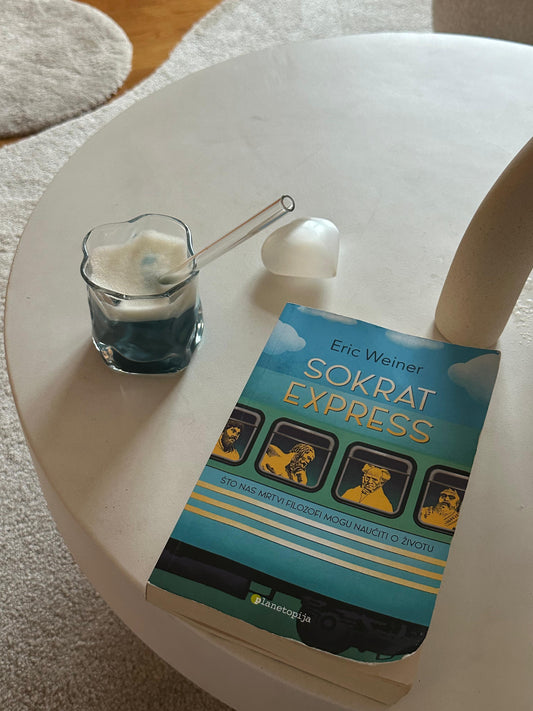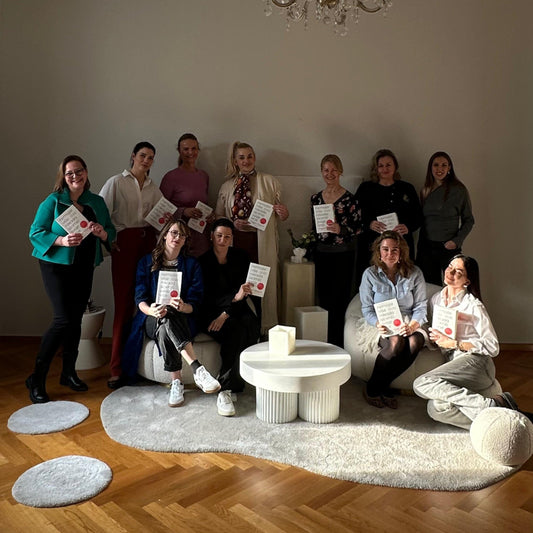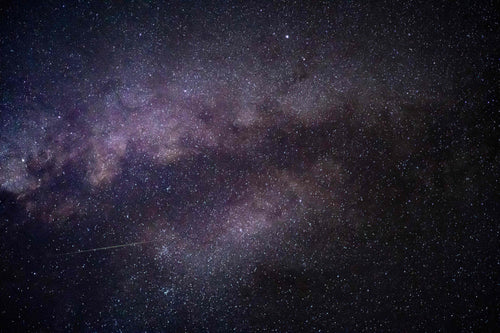Death, Consciousness, and Life: Insights from the Book After
A Time for Introspection
January is the perfect month for introspection, for small silences and big questions. After the rush of December and the chaos at the end of the year, the first month offers a rare opportunity for a fresh start and a return to one's inner self.
The beginning of the year in the Materia Book Club brought a new book that opens up one of the deepest and hardest questions each of us faces: what awaits us after death?
Dr. Bruce Greyson, a psychiatrist and pioneer in the study of near-death experiences (NDEs), guides us through decades of scientific research and personal stories of people who, on the brink of death, experienced something that changed their lives and worldview.
A Book That Opens the Door to Mystery
Greyson's book is not an easy read – it forces us to confront our own fear of death, a topic many prefer to avoid. But it's precisely in this confrontation that its strength lies.
After reveals that our identity is deeply connected to something beyond the boundaries we accept daily – more than the body we know and the mind that shapes our thoughts. This idea opens the door to the possibility that we are already, in this very moment, part of something infinitely larger, a mystery that constantly invites us to explore it and stirs unrest within us. The book's most intriguing idea is not just the existence of something "after," but the possibility that this "something" is already shaping our existence.
This book also reminds us that life is not only what is seen and may not even be limited by the end we call death. The book offers comfort, not because it provides concrete answers, but because it invites us to explore what might lie beyond the boundaries we have set for ourselves so far.
"If we all thought that this moment might be our last, how would we treat our spouses, children, friends, strangers we meet on the street – ourselves?"

Brain and Mind: Two Sides of the Puzzle
"Consciousness is one of the most complex puzzles for humans, yet also the simplest, most self-evident fact. Nothing is more obvious or less deniable than the fact that you are conscious – that you know what you are doing and what is happening around you."
We all live with some kind of forgetfulness – we take consciousness for granted. We breathe, feel, think, love – and we never really ask: where does it all come from? When we pause and try to penetrate the depths, we are faced with a void, but not a void that frightens. It's a void full of possibilities, a void in which anything can happen.
In the book, Dr. Greyson suggests that consciousness (mind) is not limited by the brain, but is part of something larger. What the reader wonders is - what does this mean for us? Are we then less alone than we think? Are we perhaps always connected to something that transcends our individual boundaries, and even the boundaries of life and death? And is this a reason for comfort or for even bigger questions?
Can We Be More Than Our Body?
Greyson's skeptical mind, shaped by a scientific education that rejects anything that cannot be touched or proven, faced something that defied his logic and prompted him to move forward with his research.
A seemingly trivial story changed the direction of his research. Holly, an unconscious patient after an overdose, described a spaghetti stain on his tie – a detail she couldn't have seen because she was in another room and unconscious.
This story is almost anecdotal, but deeply disturbing in its simplicity. Its emotional weight lies precisely in the contrast between the everyday detail and its stunning implication – how can someone, in a state of complete unconsciousness, even be aware of such things? This story puts the reader before a question that repeatedly challenges: how little do we know about the boundaries of our own mind and reality? Is it possible that such moments open the door to a world that is simultaneously terrifying and incredibly liberating – a world where the boundaries between science, intuition, and mystery become fluid? How to explain something so seemingly banal, yet so incredible? Perhaps the brain is connected to the mind in a way we don't yet understand. Or perhaps Holly, through her experience, opened the door to a perception we are not yet ready to accept.
Greyson's research, although deeply rooted in science, approaches mysticism – but not mysticism that rejects reason. His curiosity is driven by a need to understand, not to believe. Holly is just one example among many, but that moment marked the beginning of Greyson's research on the elusive boundary between mind and body.

What Holds Us in Fear: Death or Life?
"When we learn enough, we will be freed from this world."
Are we beings that exist simultaneously here and somewhere else? Can the mind exist independently of the body, like a ship that continues to sail after the anchor is raised?
These questions are not just philosophical or scientific – they are deeply human. They force us to re-examine the boundaries of what we think we are.
Reading the book After, all the participants of the Materia Book Club agreed, is not just about confronting the question of what comes after death. It's a question of how much the fear of death hinders us from living. How many of our daily decisions revolve around an unconscious attempt to avoid transience? We fear loss, failure, old age, and even intimacy – because all these things lead to an end.
Near-death experiences, according to Greyson's cases, almost always bring the same testimony: death is not the end. Their experience not only calmed their fear of the end; it changed the way they live. Those who have had such experiences often return with a deeper sense of purpose and connection.
It's as if they finally learned how to live in full presence, in life, not in fear of its end.
Living in the Moment: What Does It Mean to Really Be Here?
"Living life fully in the moment does not mean not planning for the future or not remembering the past. It means that while you are planning or remembering, you are fully present and allowing yourself to delve into the experience of this moment."
What would our day look like if we knew that tomorrow might not come? Would it paralyze us or liberate us? Through his research and stories, Greyson leads us to a simple but profound conclusion: the present moment is all we have.
"Work can wait for you to show a child a rainbow, but a rainbow won't wait for you to get work done," Patricia Clafford reminds us. Greyson's book is, in many ways, a call to finally stop postponing life.

Questioning the World Around Us
The greatest strength of this book lies in its ability to encourage us to question what we take for granted every day.
Greyson does not claim to have all the answers. His neutrality is not only a reflection of a skeptical mind, but also an invitation for the reader to form their own conclusion. He does not offer strict dogmas or set boundaries for discussion, but allows scientific research to open up space for personal introspection. Without insisting on absolute truths, Greyson's objectivity gives weight to every question he asks and leaves the reader free to confront their own beliefs.
His research leads us to the conclusion that consciousness is not tied to the body in the way we thought. Scientific? Maybe not in the classical sense. But Greyson reminds us: "What makes research scientific is not the topic, but the way we conduct it."
What Makes Us Truly Alive
What does Greyson ultimately teach us? It's not just about death. It's about how we live now and how that knowledge can shape our decisions. By reflecting on the potential finality of each moment, we can re-examine our priorities, relationships, and daily routines. What if, instead of rushing through life, we stopped and asked ourselves what truly brings us peace? It is precisely this idea – that we are the creators of our own presence – that can prompt us to live more consciously, free from fear and filled with conscious choices. His book does not attempt to prove the existence of an afterlife, but invites us to consider what our lives would look like if we believed in something more. Would we become more relaxed, less burdened?
Maybe we won't all have an experience that will convince us like Holly. Maybe we'll never see the "light at the end of the tunnel." But we can consider this: what if we are more than what we think we are now? What if our greatest task is not to seek answers, but to open ourselves to mystery?
"If we all thought that this moment might be our last," Greyson writes, "how would we treat the people we love? Ourselves?"
The book After invites us not to run away from these thoughts. It doesn't offer answers – and perhaps that's its greatest strength. Instead of convincing us, it opens up space for exploration. What if our consciousness is a bridge between what we know and what we will never understand? Perhaps in that bridge, in that elusive thread, lies what makes us truly alive.


